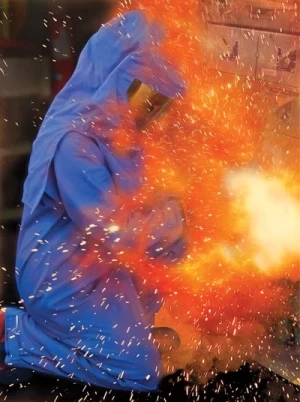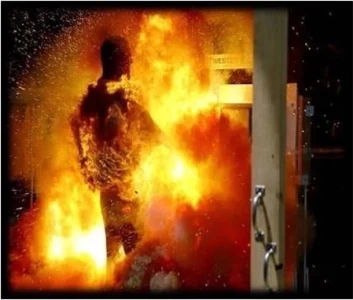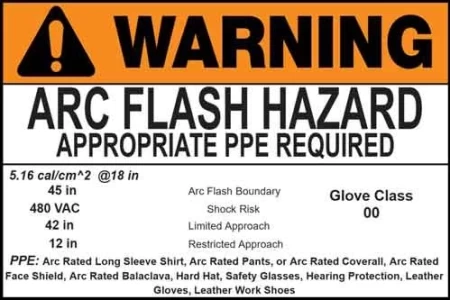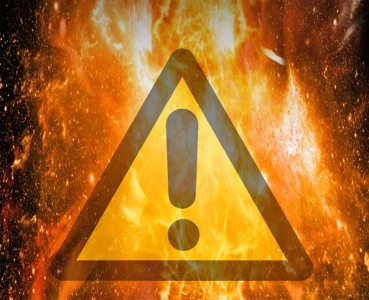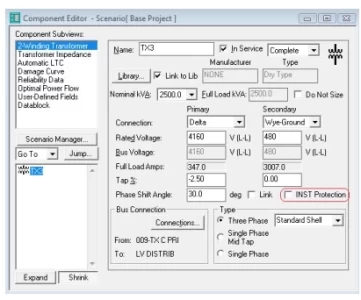Understanding Arc Flash Hazard Analysis
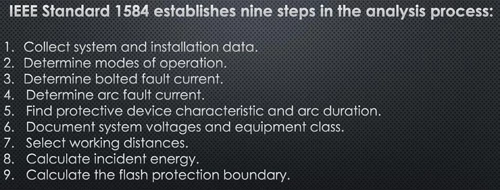
Arc flash incidents pose a significant risk in electrical environments, where a sudden discharge of electrical energy through the air can cause severe injury, equipment damage, and even fatalities. Arc flash hazard analysis is a systematic approach to assessing these risks, defining safety protocols, and implementing protective measures to safeguard workers and equipment.
Electrical work carries inherent risks, and arc flash events are among the most severe hazards faced by electricians and maintenance personnel. An arc flash occurs when electrical current flows through an unintended path, often through the air, as a result of equipment failure or human error. These events release tremendous energy, causing intense light, heat, pressure blasts, and molten debris, potentially leading to catastrophic injuries or death.
Arc flash hazard analysis is an indispensable process for managing risks within electrical systems. In this article, we will examine the core elements of arc flash hazard analysis, benefits of implementation, and practical considerations for ensuring worker safety.
Visit Our Arc Flash Study Course
Importance of Arc Flash Analysis
An arc flash hazard analysis is essential for identifying potential electrical safety hazards, estimating the incident energy level, and determining the boundary within which significant injury is likely if an arc flash were to occur. This analysis is critical for establishing safety measures, including the selection of appropriate personal protective equipment (PPE) and the development of safety procedures to mitigate the risks associated with electrical systems.
The Arc Flash Hazard Analysis Process
A comprehensive arc flash hazard analysis follows a structured methodology:
- Data Collection: This initial stage involves gathering detailed technical information about the electrical system, including one-line diagrams, equipment ratings, conductor specifications, and protective device settings.
- Short Circuit Study: Electrical engineers utilize specialized software to model the system and calculate the maximum potential short circuit current at various points.
- Incident Energy Calculation: The available fault current and device clearing times are critical inputs in calculating incident energy. This is expressed in calories per square centimeter (cal/cm²) and indicates the heat energy an individual would be exposed to at a given distance.
- Arc Flash Boundary Determination: The arc flash boundary delineates the distance from a potential arc source where the incident energy drops to a threshold. Current NFPA 70E standards consider 1.2 cal/cm² to be the survivable limit before second-degree burns occur.
- Safety Measures and PPE Selection: The calculated incident energy and arc flash boundary form the basis for selecting appropriate personal protective equipment (PPE) and implementing safety procedures. This includes determining PPE category ratings, lockout/tagout requirements, and safe work distances.
- Hazard Labeling: Affixing clear arc flash warning labels on equipment is imperative. Labels specify the working distance, incident energy level, required PPE, and other essential safety information.
Advantages of Arc Flash Hazard Analysis
- Enhanced Worker Safety: Proactively identifying and mitigating arc flash hazards translates to significantly improved workplace safety conditions for electrical personnel.
- Compliance: Adherence to standards such as NFPA 70E and OSHA mandates arc flash hazard analysis, demonstrating a commitment to safety and reducing liability risks.
- Informed Decision-Making: Analyses provide clear insights for prioritizing system upgrades, protective device maintenance, equipment replacement, and worker training strategies.
Technical Considerations and Performance
The technical process of arc flash hazard analysis involves several key steps. Initially, it requires gathering detailed information about the electrical equipment and system configurations. This includes line diagrams, equipment specifications, and operating conditions. Engineers then conduct a short circuit study to ascertain the maximum available fault current at various system points, which is crucial for understanding the potential severity of an arc flash incident.
System Analysis and Boundary Determination
Determining the arc flash boundary is a pivotal part of the analysis, involving calculations to define a zone within which a person could receive second-degree burns or worse if an arc flash occurs. This distance depends on the incident energy, directly related to the electrical system's fault levels and the clearing time of protective devices.
Equipment and Protective Measures
On a practical level, the analysis helps in selecting and setting up protective devices like circuit breakers and fuses, designed to minimize the duration and impact of an arc flash. These devices must be correctly rated and maintained to ensure they operate effectively in preventing or mitigating arc flash incidents.
Benefits and Advantages
One of the primary benefits of conducting an arc flash hazard analysis is the enhancement of workplace safety. It significantly reduces the likelihood of arc flash incidents and ensures compliance with safety standards like NFPA 70E and IEEE 1584. These standards provide guidelines for conducting the analysis and for the selection of appropriate PPE.
Types of Systems and Safety Integration
Electrical systems, from high-voltage industrial setups to low-voltage commercial installations, all require tailored arc flash hazard analyses to address their specific risks. The analysis integrates safety into the system design and operational procedures, emphasizing preventive measures and employee training to recognize and avoid potential hazards.
Challenges and Disadvantages
However, conducting an arc flash hazard analysis can be complex and resource-intensive. It requires expert knowledge, specialized software, and a comprehensive understanding of electrical systems. The dynamic nature of electrical systems, with frequent changes and upgrades, necessitates periodic reevaluation of arc flash hazards, adding to the ongoing operational costs.
Future Trends and Considerations
With technological advancements, there is a growing trend towards more sophisticated analysis methods, incorporating dynamic modeling and real-time monitoring to predict and prevent arc flash incidents more effectively. Innovations in sensor technology and predictive analytics are shaping the future of arc flash hazard analysis, aiming to improve safety and efficiency in electrical system management.
Conclusion
Arc flash hazard analysis is a critical aspect of electrical safety management, vital for protecting employees and assets from the devastating effects of arc flash incidents. By integrating comprehensive risk assessments, state-of-the-art technology, and strict adherence to safety standards, organizations can create a safer work environment and mitigate the inherent risks associated with electrical operations.

